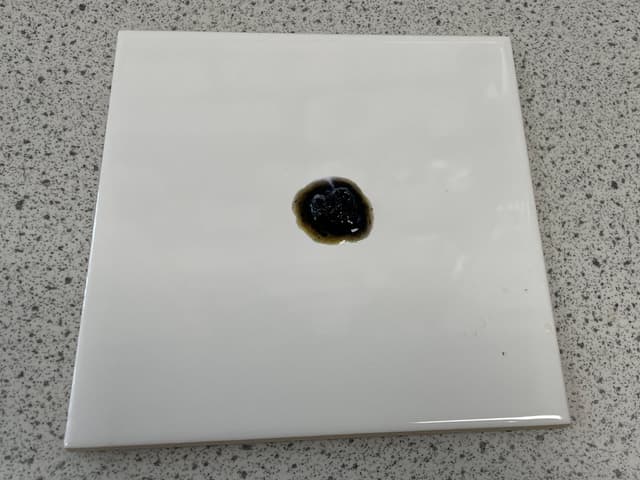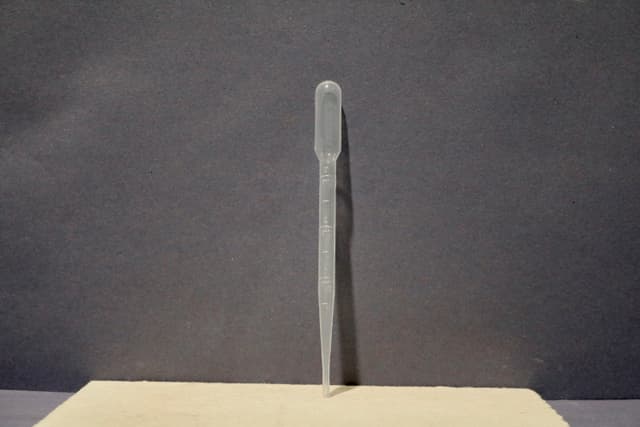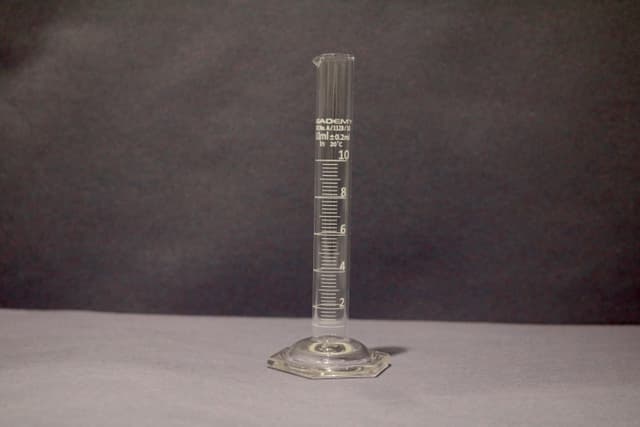The effect of pH on the rate of an enzyme reaction: practical
I can carry out an investigation into the effect of changing pH on the rate of an enzyme reaction.
The effect of pH on the rate of an enzyme reaction: practical
I can carry out an investigation into the effect of changing pH on the rate of an enzyme reaction.
These resources will be removed by end of Summer Term 2025.
Lesson details
Key learning points
- Safe use of materials and apparatus.
- Accurate measurement of reactants and reagents.
- Control of temperature using a water bath or electric heater.
- Continuous sampling of reaction mixture and testing with iodine for the presence of starch.
- Sampling at accurately timed intervals.
Keywords
Rate of reaction - How fast a chemical reaction occurs.
PH - A measure of how acidic or alkaline a solution is.
Amylase - An enzyme that breaks down starch into maltose (a type of sugar).
Starch - A carbohydrate, which is a polysaccharide (a polymer of sugar).
Continuous sampling - A method that involves taking regular and frequent samples.
Common misconception
Mistakes are often made when preparing the practical, for instance which samples go into which test tubes, or carrying out the practical, such as exactly when to take the continuous sample.
The correct approach to preparing and completing this method accurately and carefully is discussed throughout, with quick checks at key points and the opportunity to try it for themselves.
To help you plan your year 10 biology lesson on: The effect of pH on the rate of an enzyme reaction: practical, download all teaching resources for free and adapt to suit your pupils' needs...
To help you plan your year 10 biology lesson on: The effect of pH on the rate of an enzyme reaction: practical, download all teaching resources for free and adapt to suit your pupils' needs.
The starter quiz will activate and check your pupils' prior knowledge, with versions available both with and without answers in PDF format.
We use learning cycles to break down learning into key concepts or ideas linked to the learning outcome. Each learning cycle features explanations with checks for understanding and practice tasks with feedback. All of this is found in our slide decks, ready for you to download and edit. The practice tasks are also available as printable worksheets and some lessons have additional materials with extra material you might need for teaching the lesson.
The assessment exit quiz will test your pupils' understanding of the key learning points.
Our video is a tool for planning, showing how other teachers might teach the lesson, offering helpful tips, modelled explanations and inspiration for your own delivery in the classroom. Plus, you can set it as homework or revision for pupils and keep their learning on track by sharing an online pupil version of this lesson.
Explore more key stage 4 biology lessons from the Biological molecules and enzymes unit, dive into the full secondary biology curriculum, or learn more about lesson planning.

Content guidance
- Risk assessment required - equipment
Supervision
Adult supervision required
Licence
Starter quiz
6 Questions
independent variable
control variable
dependent variable





Exit quiz
6 Questions




